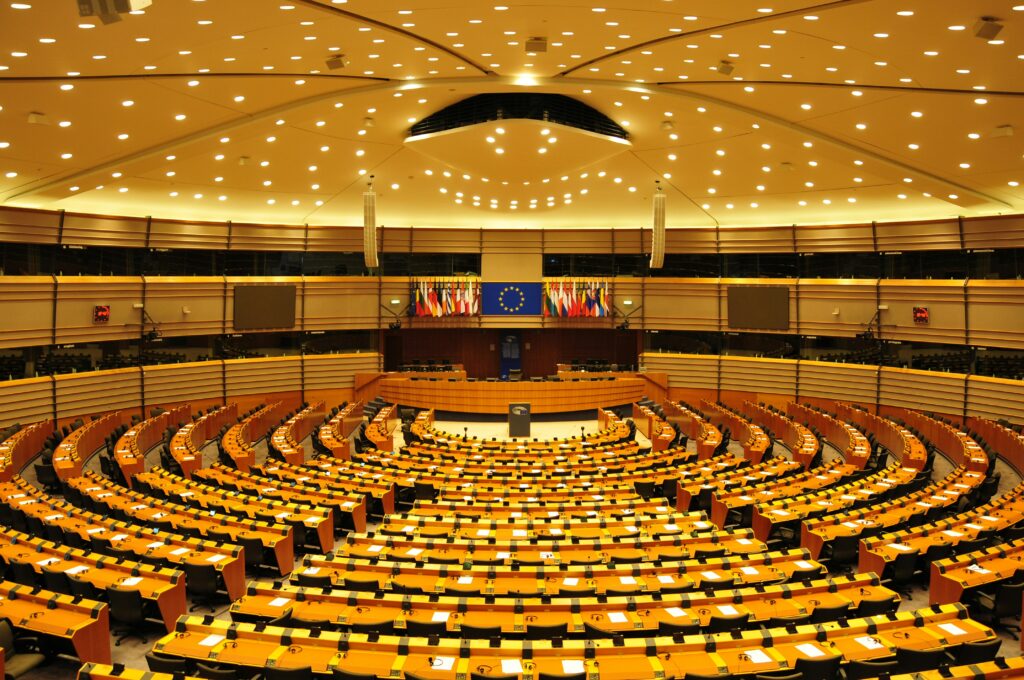European Union: An Uncertain Legislature


This article is a contribution from Jaime Villaverde, Professor of Policital Science at the University Pontifcia Comillas and Public Affairs Consultant at Kreab Spain. Villaverde’s extensive experience as an analyst of electoral processes and as a columnist, reflects upon his work, enabling him to provide both practical and theoretical insights into electoral results.
 This year’s European Parliament elections were expected to be pivotal for the future of the Union, with predictions that far-right parties would significantly increase their representation, challenging the dominant pro-European coalition that has controlled the European Parliament since its inception. While the rise of the far right did occur, it was not as pronounced as anticipated, and the traditional formations have retained their dominance. Several observations can be made regarding the results and the ideological future of the European Union.
This year’s European Parliament elections were expected to be pivotal for the future of the Union, with predictions that far-right parties would significantly increase their representation, challenging the dominant pro-European coalition that has controlled the European Parliament since its inception. While the rise of the far right did occur, it was not as pronounced as anticipated, and the traditional formations have retained their dominance. Several observations can be made regarding the results and the ideological future of the European Union.
Firstly, it is essential to note that the nature of these elections makes it difficult to interpret the results holistically. In practice, they cannot be seen as a unitary process from which conclusions applicable to the Union as a whole can be drawn. Some citizens’ lack of knowledge and interest in European institutions means that the elections operate on a national basis within each Member State. Most voters do not cast their ballots based on the performance of the parties in the European arena but tend to reflect their national policy preferences.
This year’s elections showed erratic performance from the far right, which has achieved historic results in countries such as France but has seen mediocre performances in others like Denmark. The explanation for this is not that the French and Danish have different interpretations of the European political situation, but that they are responding to the distinct situations in their respective states. There is no European demos or collective entity that shares common concerns and goals. Consequently, any interpretation of these elections must consider the aggregate nature of the results.
The European Union’s institutional system is exceedingly complex, with numerous counterweights between its institutions. The composition of the European Parliament serves as an indicator of the ideological momentum of the Union as a whole, but it does not accurately reflect the balance of power over the coming years. The European Union remains a club of states, some of which wield far greater influence than others.
The success of the far right in Germany and France, coupled with the collapse of the parties governing these countries, suggests potential changes in the political landscape of two states capable of de facto vetoing any major initiative promoted by the Union. Therefore, the resilience of pro-European formations in the European Parliament might be significantly overshadowed in practice by the disintegration of the Franco-German pro-European axis.
It is important to consider what these results might indicate about the ideological direction of the Union during the next legislature on issues that were central in the last one, such as the green agenda. The purely national character of the European elections means that MEPs lack a clear electoral mandate for which they can be held accountable, favouring the persistence of a certain technocratic consensus in the European Parliament. As such, the European People’s Party might lack the incentive to shift to the right as it would in national politics. Therefore, it is not expected that the European Parliament will substantially change its stance on climate issues during this legislature, especially if this European majority is replicated in the process of electing the new Commission president.
However, the European Union remains a club of states, and the Council’s role remains predominant. Here, the continuity of the technocratic consensus is much more uncertain, particularly given the results in France and Germany. What impact will this have on the green agenda? It is likely to have a greater impact than any significant change in the European Parliament. While there have been differences between them, especially on nuclear energy, the current French and German governments have embraced the climate consensus. A potential change of government in France, either through cohabitation after the legislative elections or through a change in the presidency, would be a significant shock to the ideological direction of the European Union on this matter, as the climate issue has proven divisive in France in recent years. The same can be applied to Germany. Therefore, the outcomes of the next French and German election cycles will have more influence on the future of the green agenda than the results of these European Parliament elections.
Finally, we cannot overlook the variable of war. The evolution of the war in Ukraine, as well as other latent conflicts around the world, will have a decisive and unpredictable influence on the European Union’s political course. This will also affect the green agenda, as an escalation of war will shift the focus of state action towards greater defence efforts, which would be difficult to reconcile with the timing and needs of the climate agenda.